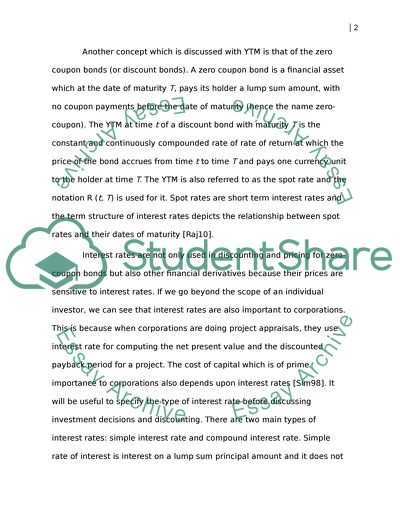Cite this document
(“Explain The Term Structure Of Interest Rates Essay”, n.d.)
Explain The Term Structure Of Interest Rates Essay. Retrieved from https://studentshare.org/finance-accounting/1439458-explain-the-term-structure-of-interest-rates-what
Explain The Term Structure Of Interest Rates Essay. Retrieved from https://studentshare.org/finance-accounting/1439458-explain-the-term-structure-of-interest-rates-what
(Explain The Term Structure Of Interest Rates Essay)
Explain The Term Structure Of Interest Rates Essay. https://studentshare.org/finance-accounting/1439458-explain-the-term-structure-of-interest-rates-what.
Explain The Term Structure Of Interest Rates Essay. https://studentshare.org/finance-accounting/1439458-explain-the-term-structure-of-interest-rates-what.
“Explain The Term Structure Of Interest Rates Essay”, n.d. https://studentshare.org/finance-accounting/1439458-explain-the-term-structure-of-interest-rates-what.


